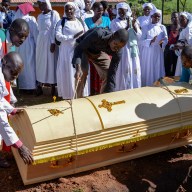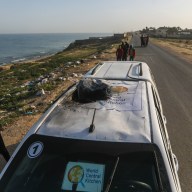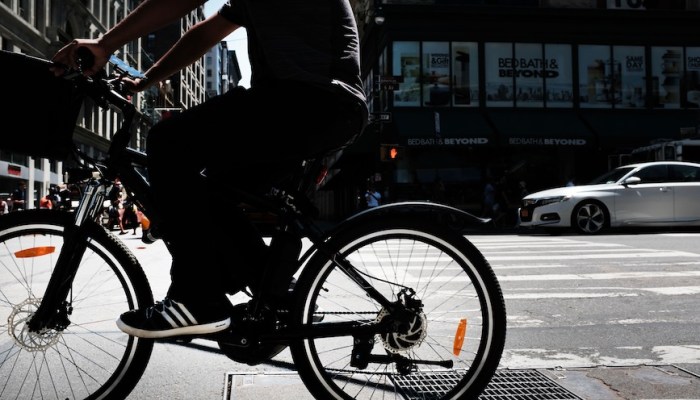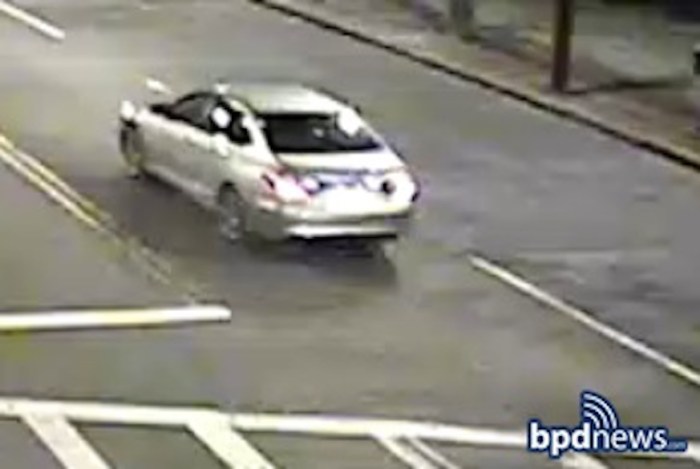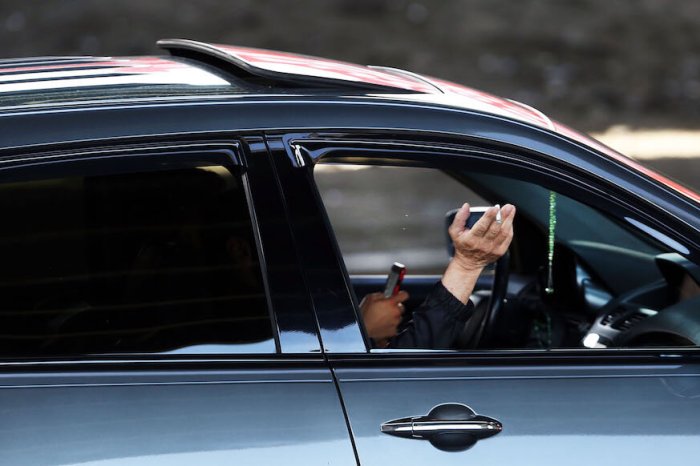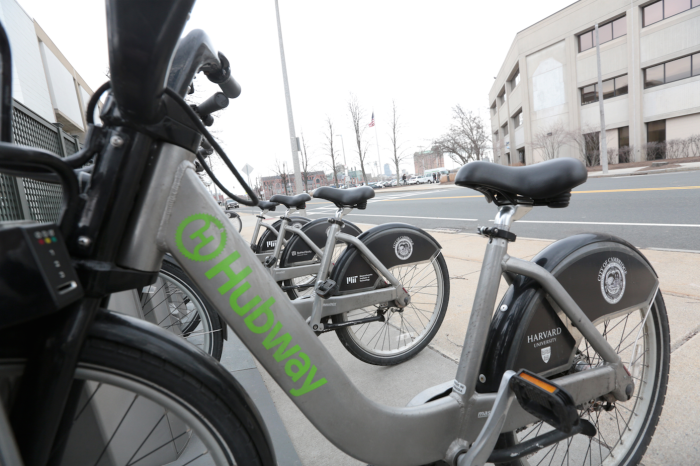The bicyclist who was struck in a hit-and-run crash in Back Bay died early Tuesday, police confirmed. A car matching the description of the hit-and-run vehicle was also found.
Richard Archer, 29, of South Boston, was hit while traveling on Commonwealth Avenue near Claredon Street at 3:19 a.m. Sunday. Police said he was struck by a silver sedan, dragged about 10 feet and slammed into another car before the vehicle sped off, turning the wrong way down Berkeley Street to make its escape. Archer was taken off life support early Tuesday, and he succumbed to his injuries.
Just a few hours after Archer died, police had cordoned off a section of a Boston Common parking garage where a Toyota Camry matching the description of the hit-and-run vehicle involved in the Sunday crash was found, police confirmed.
“We believe it to be the car involved in the incident,” Lt. Michael McCarthy said. The car appeared to have a smashed front windshield and New York license plates. A crime scene unit processed the car, and it was taken back to police headquarters, McCarthy said.
Friends and family of Archer celebrated his life and remembered a man with a kind soul and big smile as they mourned his loss.
“My amazing brother Rick Archer has touched the lives of people around the world. My brother was a selfless hero who did everything he could for his friends,” his sister Desiree Steele wrote on Facebook, announcing some of Archer’s organs would be donated. “In his final act of selfless beauty and sacrifice, he is giving life to three people tonight. Rick will live on in everything he touched and in the people whose lives he is saving today.” Friends described Archer as a selfless man with an adventurous spirit, and asked people to be on the lookout for the sedan that hit him and sped away.
Archer is the first cyclist to die on Boston city streets in over a year, but two cyclists died last year in Cambridge — one of the busiest biking hubs in the country.
More and more commuters are hopping on their bikes in the Boston area rather than jumping in their cars or riding the train. The city now sees more than 30,000 bike trips a day.
Boston officials have committed to improving street safety for cyclists, pedestrians and motorists with its Vision Zero initiative, which aims for zero traffic fatalities by 2030. Under the program, the city has collected data to identify dangerous “hot spots” — Massachusetts Avenue and the Talbot Norfolk triangle near Codman Square among them — to make improvements.
While the city has begun some of those improvements, some safe-streets advocates say it’s not enough.
“There’s only $3.1 million allocated for Vision Zero funding, which is very, very low — even for a city of Boston’s size,” said Andrew McFarland of LivableStreets Alliance, a nonprofit that advocates for safety, access and enjoyable streets for all road users.
To put it in perspective, that’s about $5 per Boston resident per year. By contrast, New York City spends $13 per resident on similar programs and San Francisco tips the scales at about $75 per resident.
“Something we’ve been advocating for and the Vision Zero Coalition has been advocating for is stepping up response from the city,” McFarland said. “It’s really, really unfortunate that this crash happened, and we need to be prepared to respond to it in a way that really affirms we care about traffic violence.”
Fatalities and injuries were down 15 percent among cyclists in 2016, but the city saw an uptick in injuries among pedestrians and motorists, which McFarland said indicates an imbalance in how Boston streets are managed.
McFarland said protected bike lanes, flex posts and better signs do a lot to protect cyclists, pedestrians and motorists, but the city has been slow in making changes on the street level, despite Vision Zero being enacted in 2015. Calls to the city’s Vision Zero office were not immediately returned Tuesday.
“This stuff is pretty easy to do in the grand scheme of things and doesn’t really require large capital costs,” he said. “It’s mostly repainting lines, flex codes — this isn’t like the Big Dig.”







